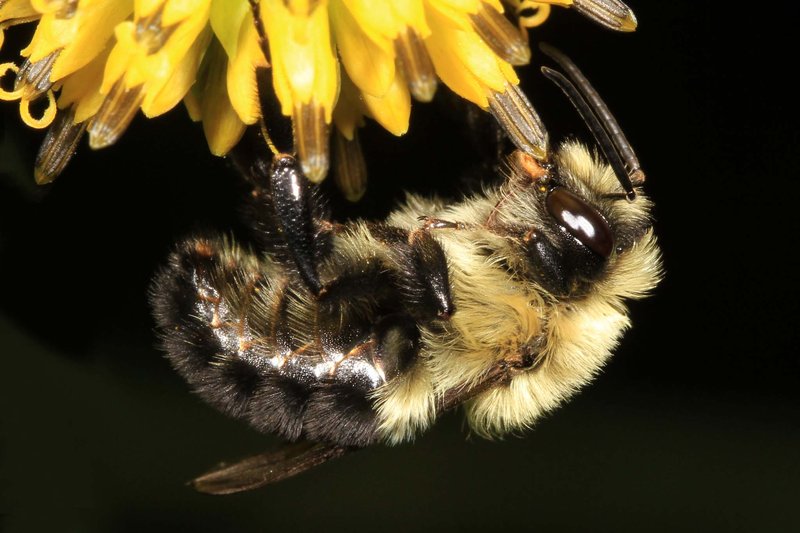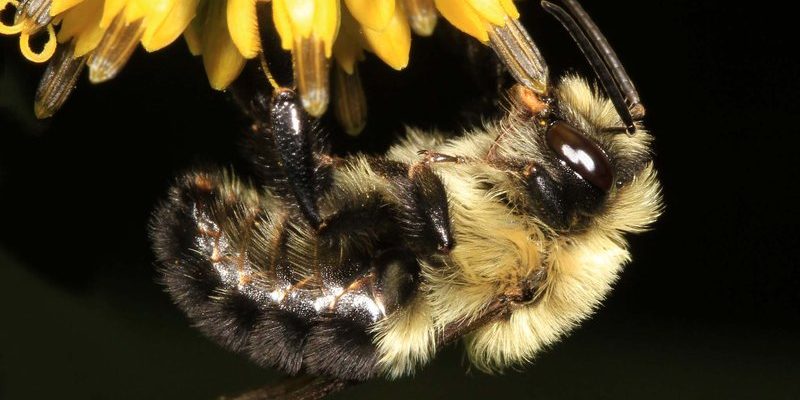
Let’s take a moment over coffee and unpack some of the most common misconceptions about bumblebees. Think of it like peeling an onion — each layer reveals something new. By the end, you’ll have a clear picture of these amazing insects and why they deserve our respect.
So, grab your favorite brew, and let’s dive into the buzz surrounding bumblebees!
Bumblebees Are Dangerous
One of the biggest myths is that all bumblebees are aggressive and will attack at any moment. Here’s the thing: while bumblebees can sting, they’re actually quite docile. They’d much rather go about their business of pollination than bother you.
Bumblebees only sting when they feel threatened. Imagine someone walking into your personal space while you’re trying to enjoy a nice garden—it’s not too different for them! If you leave them alone and don’t swat at them, they’ll likely ignore you.
Additionally, a bumblebee sting isn’t usually dangerous for most people, unless there’s an allergy involved. If you’re stung, it can be painful, but so can a bee sting! Both insects have their defenses, but when it comes down to it, bumblebees are typically more interested in flowers than in you.
Bumblebees and Honey Production
You might be surprised to learn that bumblebees don’t produce honey like honeybees do. While both types of bees are crucial for pollinating plants, their methods and end products differ. Honeybees are like little factories, creating honey in large quantities.
Bumblebees, on the other hand, are more like artisanal bakers who whip up just enough honey for their own needs. They may store a small amount for food, but it’s nowhere near the scale of honey produced by honeybees.
What does this mean for us? Well, if you’re looking to enjoy a sweet treat from nature, you’ll have to stick with honey from honeybees. But don’t underestimate the role of bumblebees; they’re vital for the pollination of many crops!
All Bumblebees Are the Same
If you think all bumblebees are identical, it’s time to broaden your perspective. There are actually over 250 species of bumblebees worldwide, each with unique characteristics. They come in various colors, sizes, and even nesting habits!
For instance, some bumblebee species like the red-tailed bumblebee sport a distinctive red tail, while the buff-tailed bumblebee has a creamy-colored end. Each species has adaptations that suit its environment and the types of flowers it frequents.
Understanding these differences is crucial, especially for conservation efforts. Different species have various roles in the ecosystem, so preserving their diversity is vital for our planet.
They Can’t Fly in Rain
Some people think bumblebees can’t fly when it’s raining. This is another myth worth busting! While bumblebees may be less active during heavy downpours, they can indeed fly in light rain.
Think about how we sometimes brave a little drizzle to enjoy our favorite outdoor activities. Bumblebees do the same! They’ve adapted to navigate their environments, even in less-than-ideal weather conditions. Nonetheless, they tend to seek shelter during heavy storms, as flying becomes challenging.
However, it’s important to remember that rain can hinder their ability to find food. So while they can technically fly in the rain, they prefer to stay dry whenever possible.
Bumblebees Are Pests
You might be surprised to hear that bumblebees can actually be beneficial for your garden. They’re not just buzzing nuisances; they are one of nature’s best gardeners. As they flit from flower to flower, they pollinate plants, helping them grow and produce seeds and fruits.
Pollination is key for many of our crops, including tomatoes, berries, and even chocolate! Without bumblebees, our food systems would struggle, and many plants wouldn’t thrive. So, rather than viewing them as pests, consider them valuable allies in maintaining a healthy garden.
Of course, you should still be cautious if they’re buzzing too closely. Just be respectful of their space, and they’ll return the favor.
They Die After Stinging
While it’s true that honeybees die after they sting, bumblebees are a different story. Bumblebees have smooth stingers that allow them to sting multiple times without facing the fatal consequences that honeybees do.
This means if a bumblebee feels threatened, it can sting you again and again, which can be quite painful! But let me explain—it usually won’t do this unless absolutely necessary. Most bumblebees would rather go about their business, so attacking isn’t their first choice.
Again, just keep in mind that they sting when they feel threatened, so it’s best to give them space and let them do their pollinating work!
Bumblebees are fascinating little creatures, and they play an essential role in our ecosystem. By debunking these common myths about bumblebees, we can appreciate them more. They’re not dangerous pests or mindless little buzzers; they’re vital to our food systems and the health of our gardens.
So, the next time you spot a bumblebee, take a moment to admire its hard work and all the good it does. Remember, with a little respect and understanding, we can coexist peacefully with these friendly pollinators. Let’s continue to learn about them and spread the buzz—because bumblebees are truly something to celebrate!

